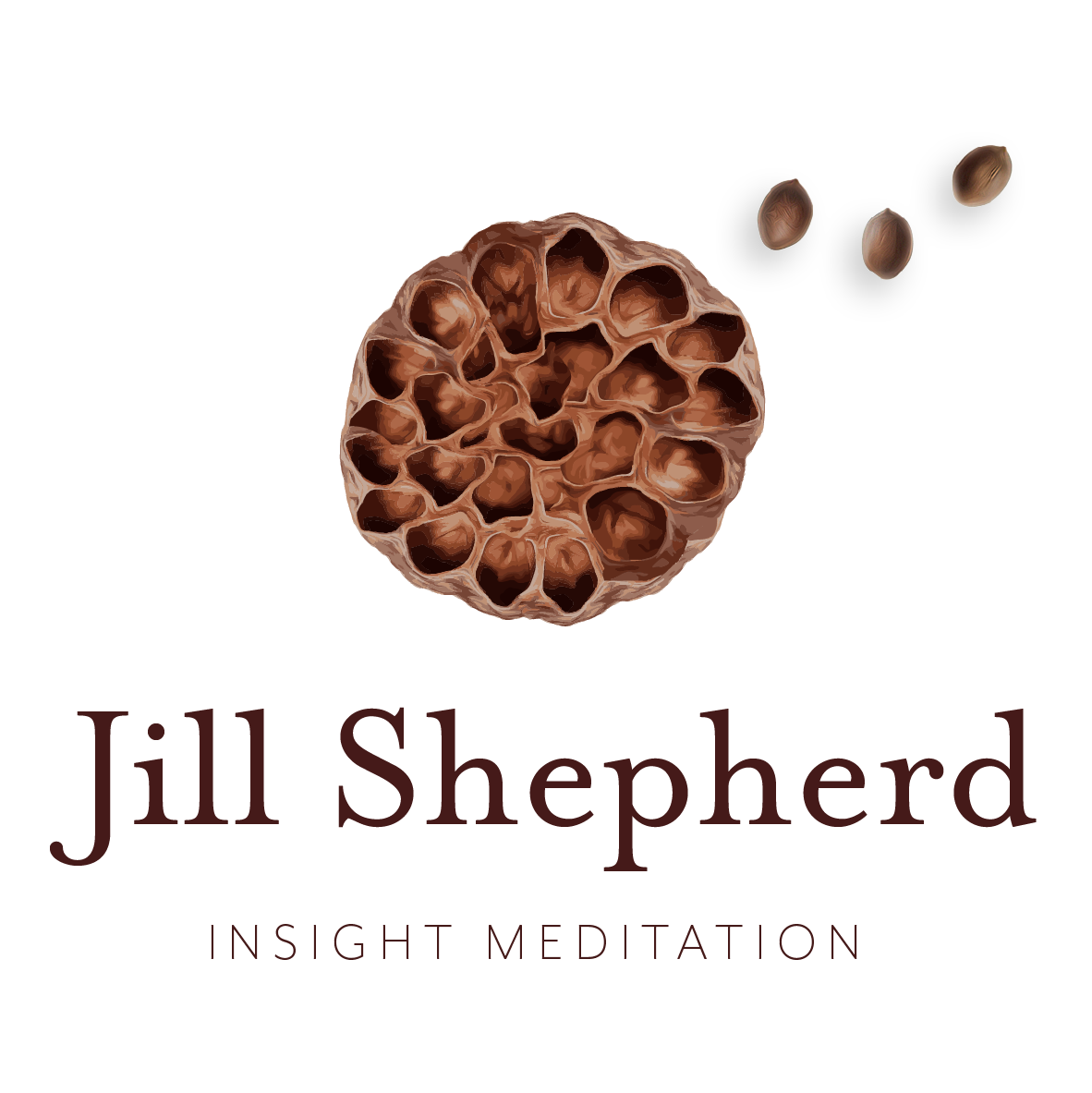Can you listen as if it was your sister speaking? Your grandson? Your niece? Your father? Your aunt? Kimberley Jones, US Black Lives Matter Activist https://youtu.be/E46uaDCcT9Y In the Buddha's teaching, all beings have been our mothers and fathers at some point in the past ... Trevor Noah, South African comedian https://youtu.be/v4amCfVbA_c Whether or not weContinue reading "Can you hear these voices?"
The Police Killing of George Floyd in Minneapolis
Wherever you are in the world, you may have seen the recent video from 26 May of police officers standing over an unarmed black man lying on the ground. One of those police officers kneels on the neck of the black man, George Floyd, for at least nine minutes, preventing him from breathing. He diesContinue reading "The Police Killing of George Floyd in Minneapolis"
Karuna-virus
In the Buddha's teachings, karuna is a Pali word that means compassion. There's a lot going on around the world right now, and due to coronavirus, many people are navigating intense suffering on multiple levels simultaneously: The suffering of health challenges, food insecurity, financial distress, longer-term economic uncertainty, separation from friends and family - orContinue reading "Karuna-virus"
Continuing compassion
[Forest and wildlife officer Lachlan Clarke checks a koala for injuries - photo courtesy of the Guardian] In my last newsletter and last post here, I've been exploring compassion as a resource to navigate all the various global challenges happening right now. Just today there was a moving photo essay about all the efforts thatContinue reading "Continuing compassion"
Compassion for all beings affected by the Australian bushfires
Season's greetings from Waipu, New Zealand I'm unexpectedly having to spend more time here in New Zealand, after my nine-day retreat outside of Sydney over New Year was just cancelled due to the bushfires in Australia. The Blue Mountains has been a kind of second home to me, so I've been staying in contact withContinue reading "Compassion for all beings affected by the Australian bushfires"
Readers suggestions for taking action in relation to climate change
Many thanks to all the people who sent in suggestions in response to my last newsletter. Below are a few highlights, and I plan to keep updating this from time to time. Bike path, Auckland, New Zealand Speaking of New Zealand, Prime Minister Jacinda Ardern says New Zealand is on the 'right side of history' asContinue reading "Readers suggestions for taking action in relation to climate change"
Insight Meditation Society 2020 Registration Now Open
Just letting you know that the Insight Meditation SOciety in Barre, Massachusetts, has just announced its 2020 retreat schedule and registration is now open. Based on previous years, most retreats tend to get fully booked within a few days, so if you're interested in practising at IMS, best to register as soon as you canContinue reading "Insight Meditation Society 2020 Registration Now Open"
¿ Hope ?
I arrived back in New South Wales just as the 16th Sakyadhita International Conference for Women in Buddhism was happening in the Blue Mountains, and I was fortunate to be able to attend a keynote address by Roshi Joan Halifax on the theme of "Wise Hope." Her reflections on the differences between optimism, pessimism and whatContinue reading "¿ Hope ?"
Retreat as rebellion
Resisting the tyranny of productivity Over the last few months, I've been having conversations with students - and with myself! - about what feels to be the increasingly relentless busyness of our lives. People often say to me that they don't have time to meditate every day, and they certainly don't have time to goContinue reading "Retreat as rebellion"
Christchurch mosque shootings
Again and again and again we need to understand ... HATRED NEVER ENDS THROUGH HATRED. BY NON-HATRED ALONE DOES IT END. THIS IS AN ANCIENT TRUTH. The Dhammapada: Teachings of the Buddha translated from the Pali by Gil Fronsdal 2008 Whether you are a Muslim, or an ally, this is a moment to show upContinue reading "Christchurch mosque shootings"
